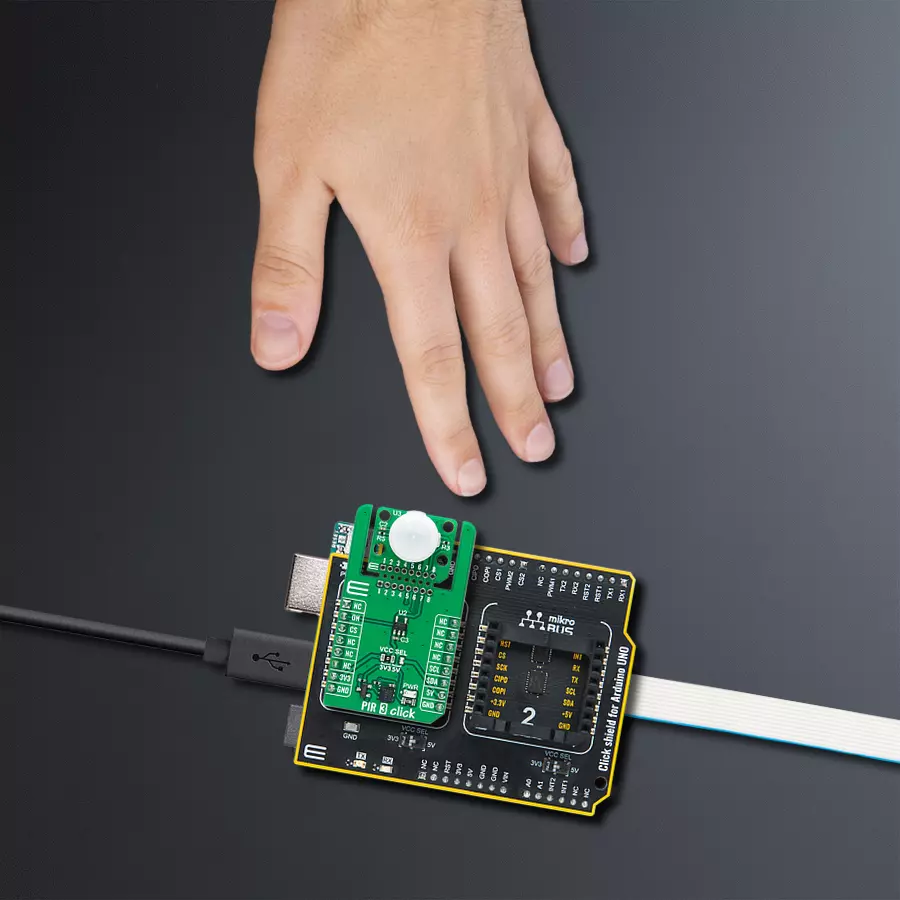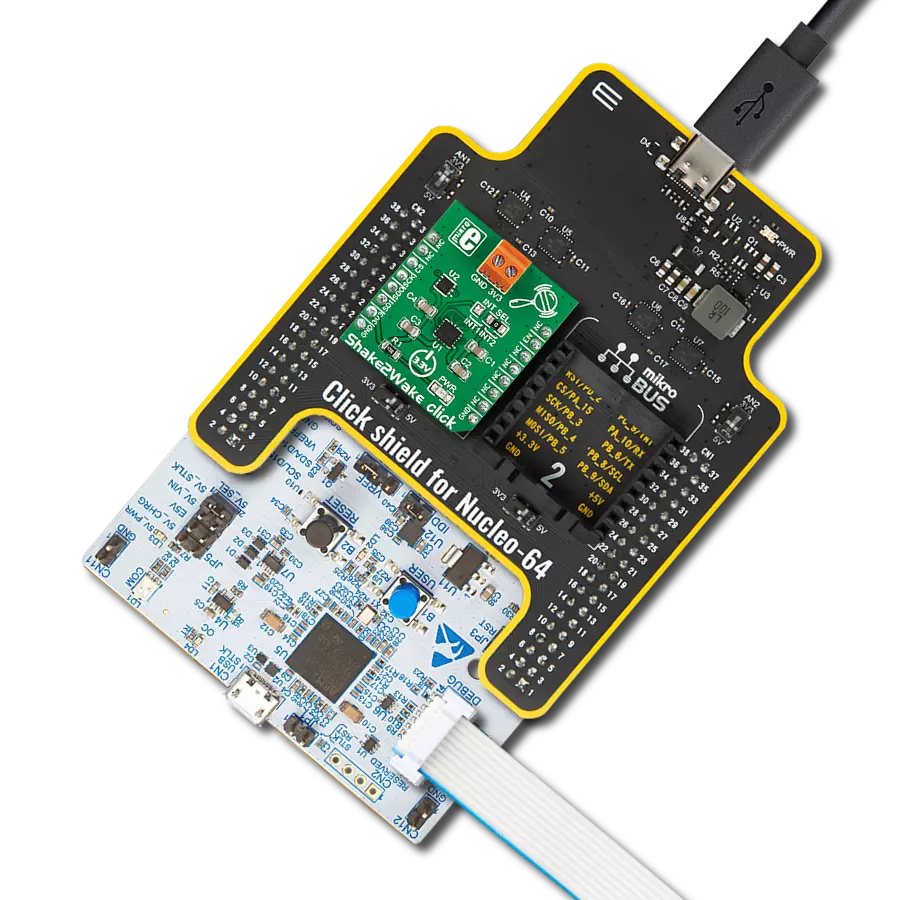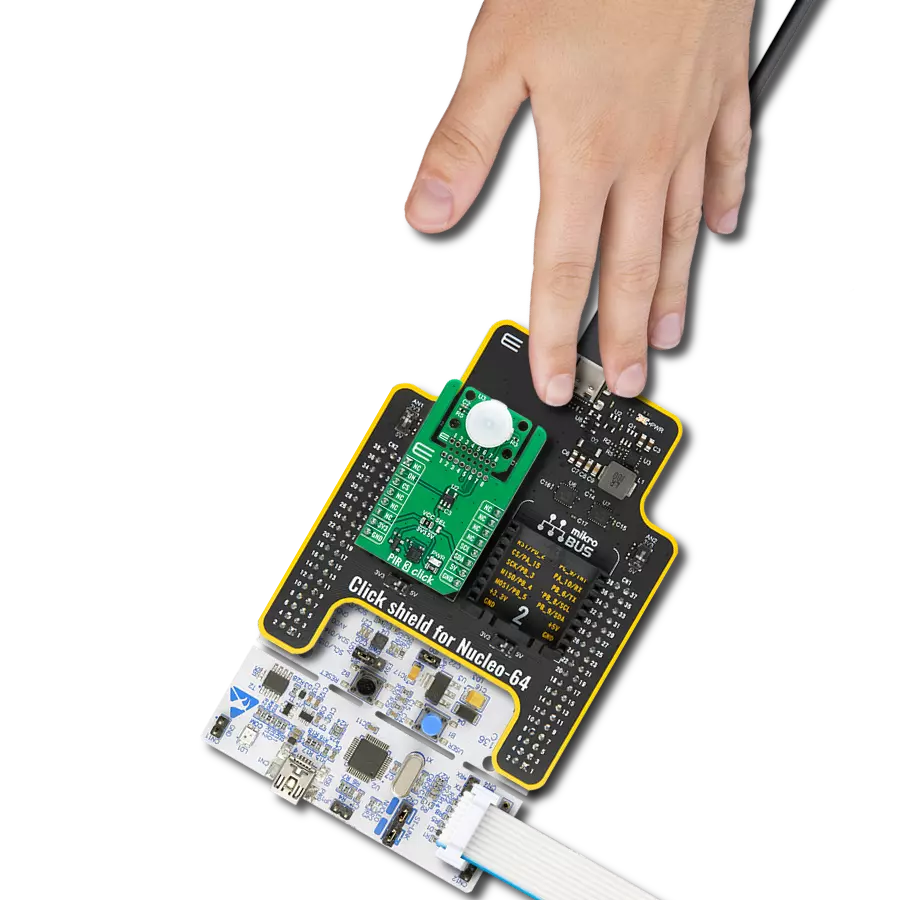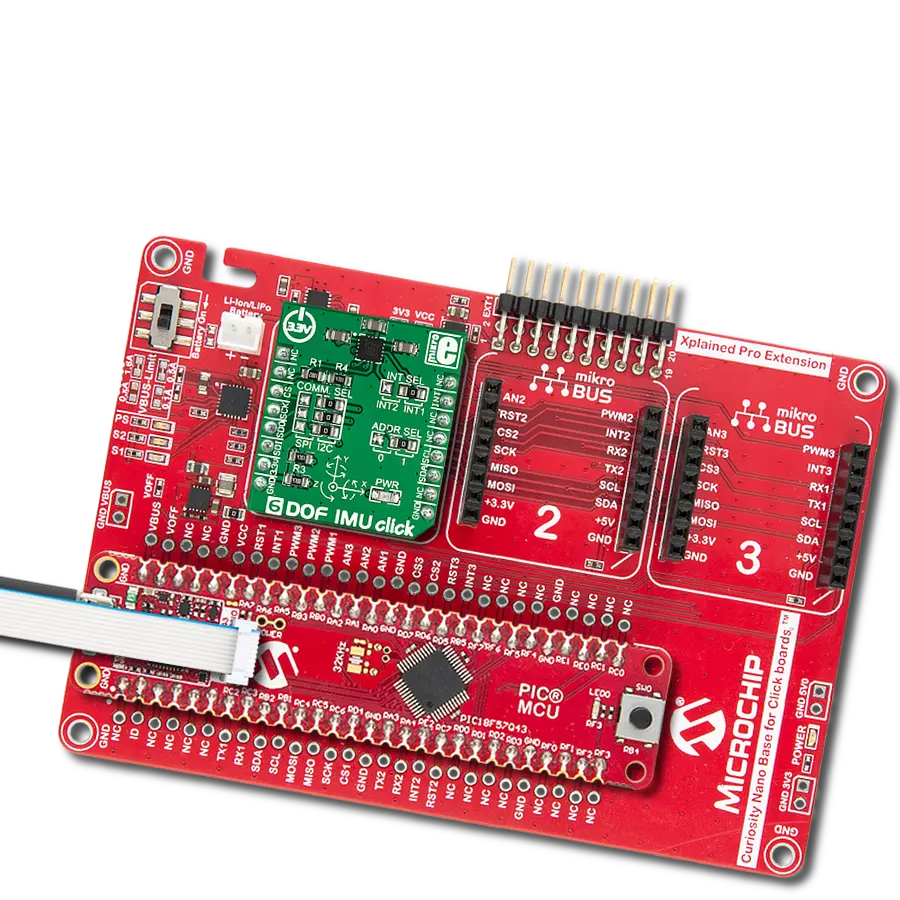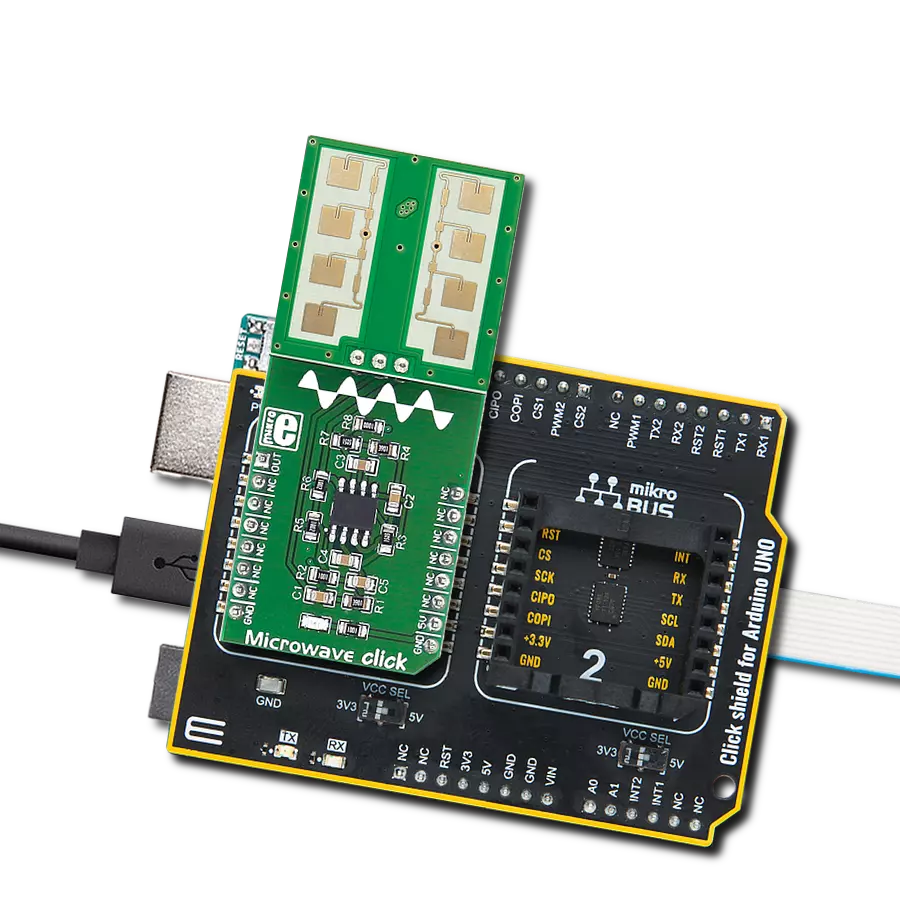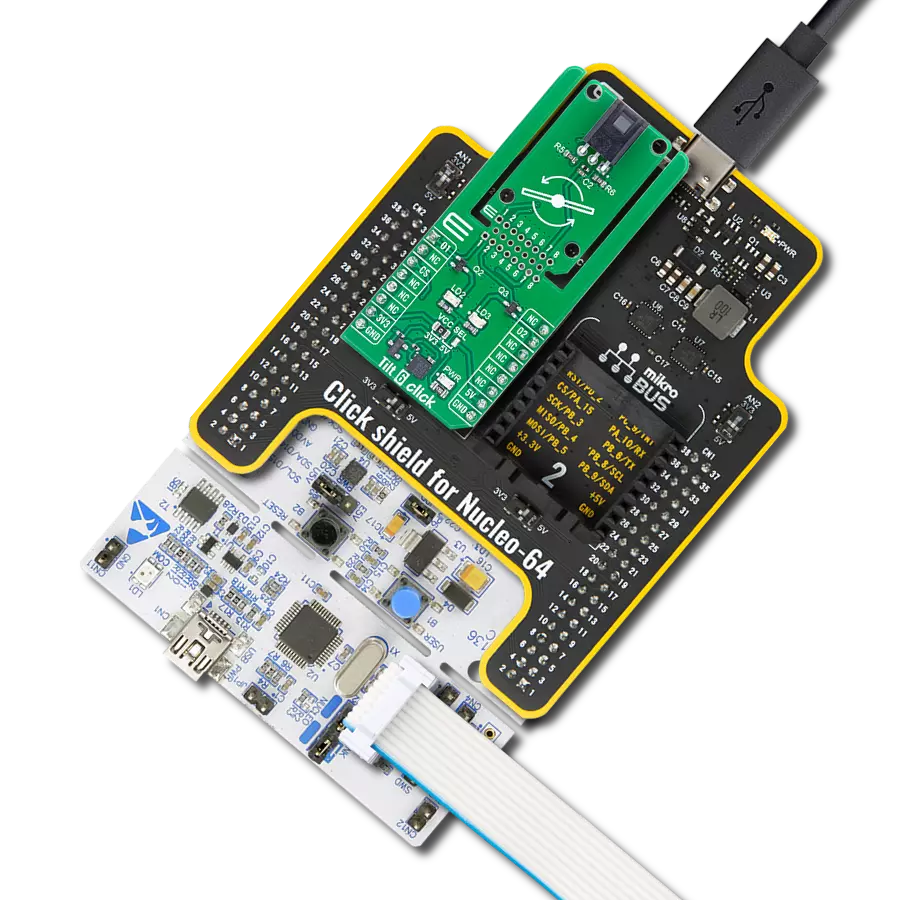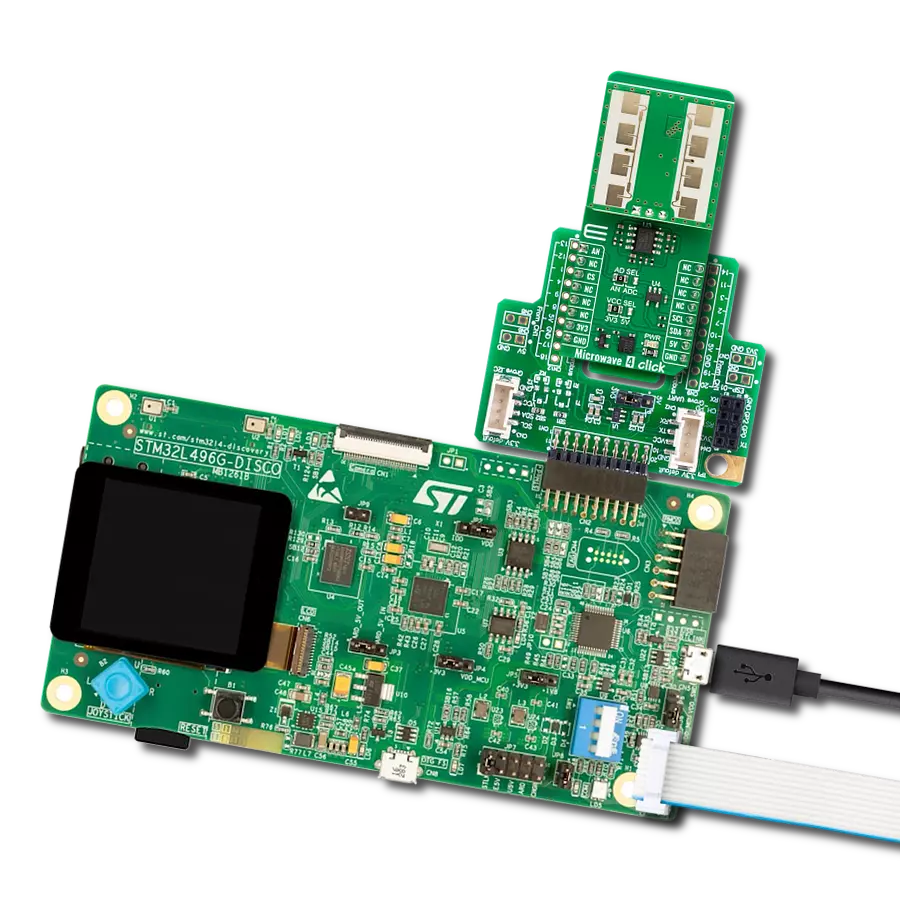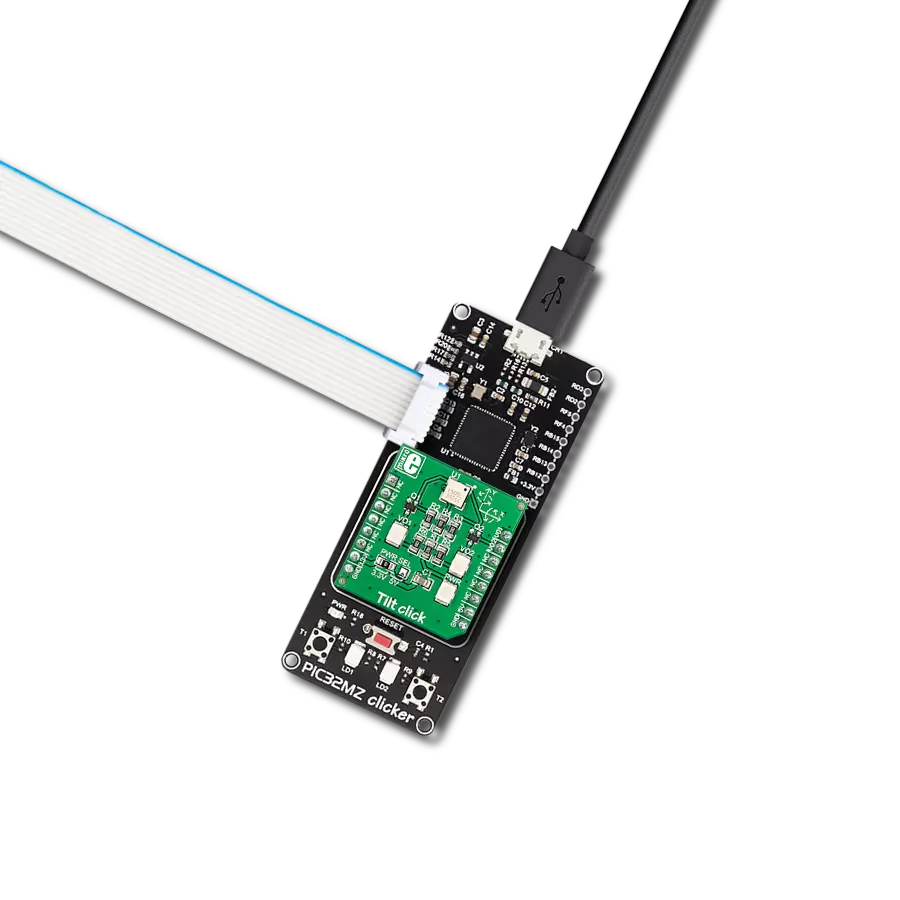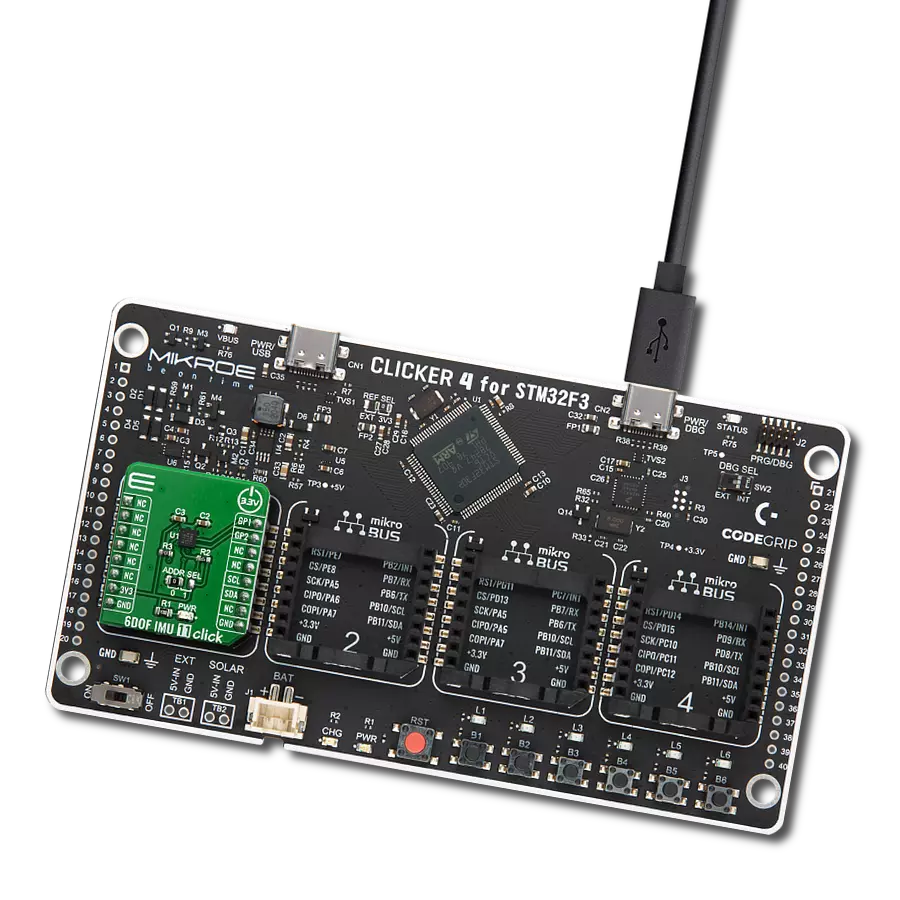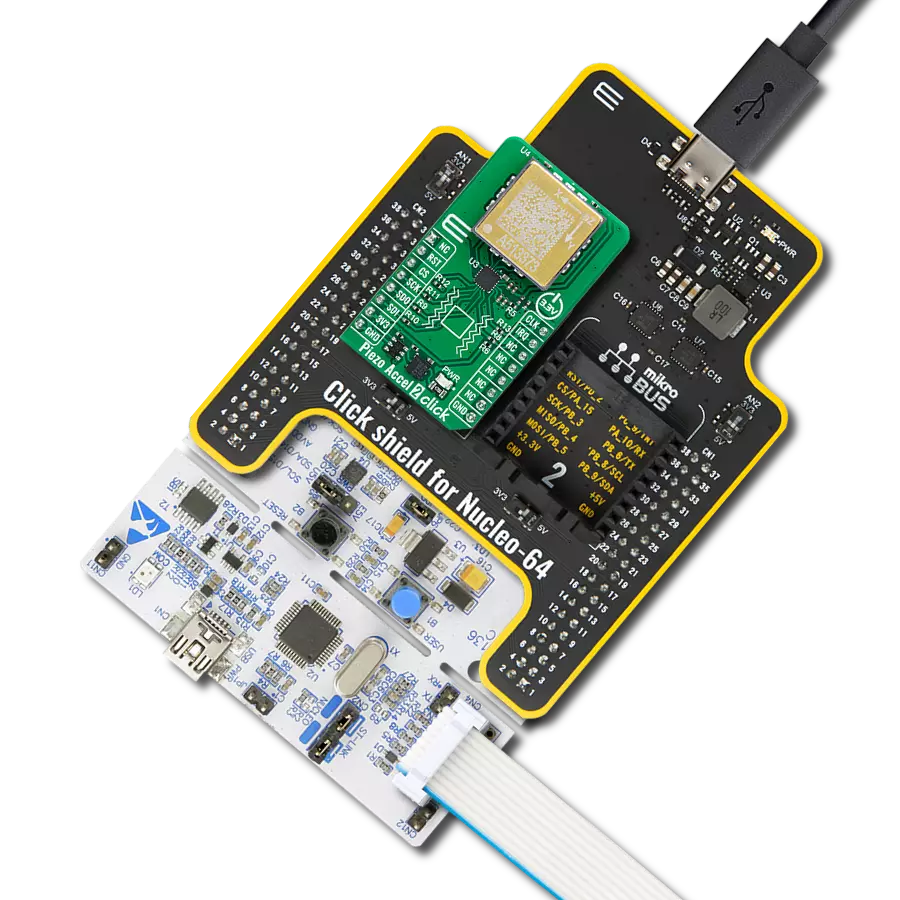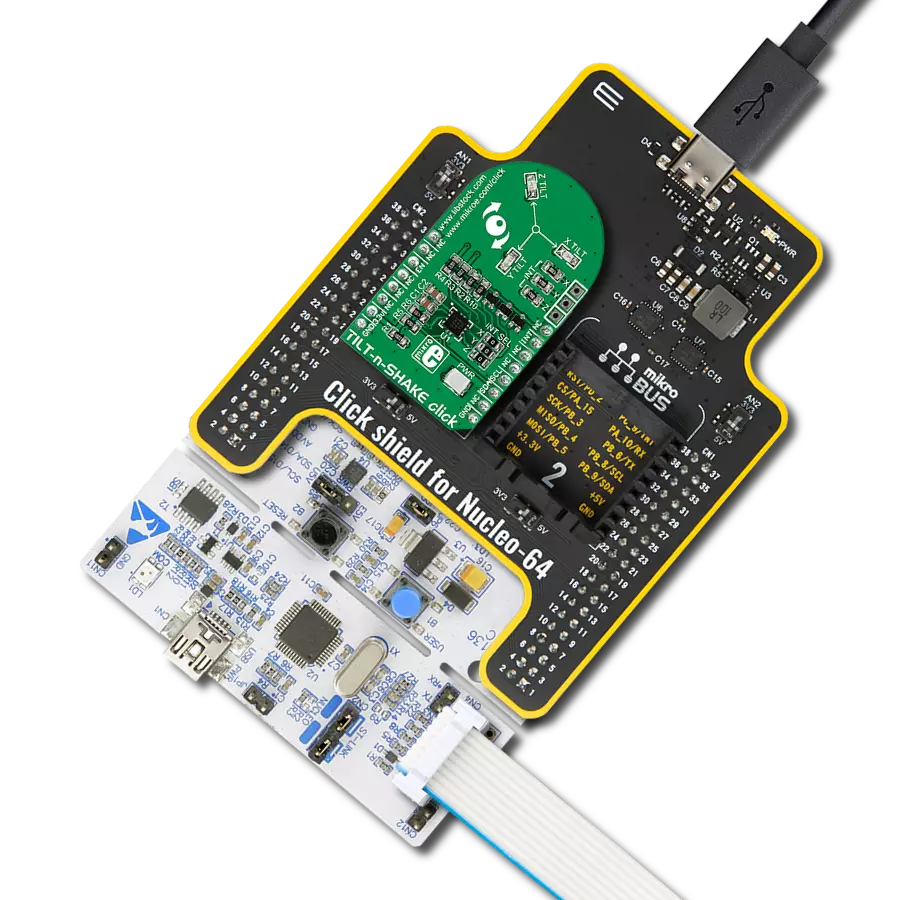Detect intruders or unauthorized access for commercial security systems, or enable motion-based home automation for various devices and systems
A
A
Hardware Overview
How does it work?
PIR 3 Click is based on the ZDP323B1, a dual-element balanced differential pyroelectric (PIR) sensor from Zilog (Littelfuse). Designed for high performance and excellent EMI immunity, this sensor is ideal for demanding motion detection applications such as security/intrusion motion detectors, lighting control, video doorbells, and many more. The ZDP323B1 features a low-profile surface mount package compatible with IR reflow processes. It includes two sensing elements behind a spectral filter window tuned to an 8-13um wavelength, blocking unwanted IR energy sources. With a 0.6mm element spacing (elements are 0.75mm x 2.3mm spaced 0.6mm apart), it provides additional white light protection and a typical field of view of 148 degrees from the center of the element on the X-axis and 136 degrees on the Y-axis. Combined with the ZDP323B1, the PIR 3 Click also integrates the ZNCL10S PIR lens made
from high-density polyethylene. This lens ensures maximum IR transmissivity with well-defined beam patterns. It clips directly into the Click board™ over the ZDP323B1 sensor, simplifying mechanical design. This Click board™ is designed in a unique format supporting the newly introduced MIKROE feature called "Click Snap." Unlike the standardized version of Click boards, this feature allows the main sensor area to become movable by breaking the PCB, opening up many new possibilities for implementation. Thanks to the Snap feature, the ZDP323B1 can operate autonomously by accessing its signals directly on the pins marked 1-8. Additionally, the Snap part includes a specified and fixed screw hole position, enabling users to secure the Snap board in their desired location. PIR 3 Click uses a standard 2-wire I2C interface to communicate with the host MCU, supporting Standard mode with up to 400kHz of frequency
clock. The I2C interface and registers allow for controlling various sensor functions, such as programmable gain, bandwidth, and detection thresholds. This flexibility ensures precise and customizable operations tailored to specific application needs. In addition, the SDA signal can also be used as a motion trigger output to interrupt or wake up a host MCU when motion is detected. This Click board™ can operate with either 3.3V or 5V logic voltage levels selected via the VCC SEL jumper and activated via the ON pin of the mikroBUS™ socket, providing a power-enable function. This way, both 3.3V and 5V capable MCUs can use the communication lines properly. Also, this Click board™ comes equipped with a library containing easy-to-use functions and an example code that can be used as a reference for further development.
Features overview
Development board
Arduino UNO is a versatile microcontroller board built around the ATmega328P chip. It offers extensive connectivity options for various projects, featuring 14 digital input/output pins, six of which are PWM-capable, along with six analog inputs. Its core components include a 16MHz ceramic resonator, a USB connection, a power jack, an
ICSP header, and a reset button, providing everything necessary to power and program the board. The Uno is ready to go, whether connected to a computer via USB or powered by an AC-to-DC adapter or battery. As the first USB Arduino board, it serves as the benchmark for the Arduino platform, with "Uno" symbolizing its status as the
first in a series. This name choice, meaning "one" in Italian, commemorates the launch of Arduino Software (IDE) 1.0. Initially introduced alongside version 1.0 of the Arduino Software (IDE), the Uno has since become the foundational model for subsequent Arduino releases, embodying the platform's evolution.
Microcontroller Overview
MCU Card / MCU
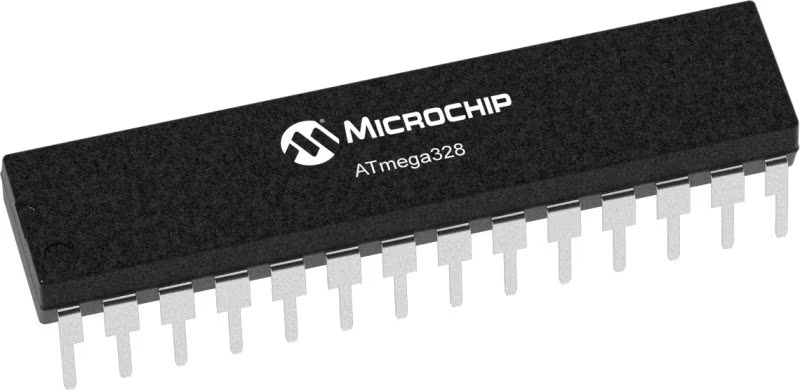
Architecture
AVR
MCU Memory (KB)
32
Silicon Vendor
Microchip
Pin count
32
RAM (Bytes)
2048
You complete me!
Accessories
Click Shield for Arduino UNO has two proprietary mikroBUS™ sockets, allowing all the Click board™ devices to be interfaced with the Arduino UNO board without effort. The Arduino Uno, a microcontroller board based on the ATmega328P, provides an affordable and flexible way for users to try out new concepts and build prototypes with the ATmega328P microcontroller from various combinations of performance, power consumption, and features. The Arduino Uno has 14 digital input/output pins (of which six can be used as PWM outputs), six analog inputs, a 16 MHz ceramic resonator (CSTCE16M0V53-R0), a USB connection, a power jack, an ICSP header, and reset button. Most of the ATmega328P microcontroller pins are brought to the IO pins on the left and right edge of the board, which are then connected to two existing mikroBUS™ sockets. This Click Shield also has several switches that perform functions such as selecting the logic levels of analog signals on mikroBUS™ sockets and selecting logic voltage levels of the mikroBUS™ sockets themselves. Besides, the user is offered the possibility of using any Click board™ with the help of existing bidirectional level-shifting voltage translators, regardless of whether the Click board™ operates at a 3.3V or 5V logic voltage level. Once you connect the Arduino UNO board with our Click Shield for Arduino UNO, you can access hundreds of Click boards™, working with 3.3V or 5V logic voltage levels.
Used MCU Pins
mikroBUS™ mapper
Take a closer look
Click board™ Schematic

Step by step
Project assembly
Track your results in real time
Application Output
1. Application Output - In Debug mode, the 'Application Output' window enables real-time data monitoring, offering direct insight into execution results. Ensure proper data display by configuring the environment correctly using the provided tutorial.

2. UART Terminal - Use the UART Terminal to monitor data transmission via a USB to UART converter, allowing direct communication between the Click board™ and your development system. Configure the baud rate and other serial settings according to your project's requirements to ensure proper functionality. For step-by-step setup instructions, refer to the provided tutorial.

3. Plot Output - The Plot feature offers a powerful way to visualize real-time sensor data, enabling trend analysis, debugging, and comparison of multiple data points. To set it up correctly, follow the provided tutorial, which includes a step-by-step example of using the Plot feature to display Click board™ readings. To use the Plot feature in your code, use the function: plot(*insert_graph_name*, variable_name);. This is a general format, and it is up to the user to replace 'insert_graph_name' with the actual graph name and 'variable_name' with the parameter to be displayed.

Software Support
Library Description
This library contains API for PIR 3 Click driver.
Key functions:
pir3_set_detection_level- This function sets the detection threshold level in the ctx->config structure.pir3_write_config- This function writes a config structure to the sensor by using I2C serial interface.pir3_read_peak_hold- This function reads a 12-bit signed peak hold data by using I2C serial interface.
Open Source
Code example
The complete application code and a ready-to-use project are available through the NECTO Studio Package Manager for direct installation in the NECTO Studio. The application code can also be found on the MIKROE GitHub account.
/*!
* @file main.c
* @brief PIR 3 Click example
*
* # Description
* This example demonstrates the use of PIR 3 Click board by reading and displaying
* the peak hold tracking data.
*
* The demo application is composed of two sections :
*
* ## Application Init
* Initializes the driver and performs the Click default configuration.
*
* ## Application Task
* Reads the peak hold tracking data every 100ms and displays the results on the USB UART.
*
* @note
* In order to establish communication with the sensor, some of the supported MCUs may require
* the I2C lines to be pulled up additionally either with the external or internal weak pull-up resistor.
*
* @author Stefan Filipovic
*
*/
#include "board.h"
#include "log.h"
#include "pir3.h"
static pir3_t pir3;
static log_t logger;
void application_init ( void )
{
log_cfg_t log_cfg; /**< Logger config object. */
pir3_cfg_t pir3_cfg; /**< Click config object. */
/**
* Logger initialization.
* Default baud rate: 115200
* Default log level: LOG_LEVEL_DEBUG
* @note If USB_UART_RX and USB_UART_TX
* are defined as HAL_PIN_NC, you will
* need to define them manually for log to work.
* See @b LOG_MAP_USB_UART macro definition for detailed explanation.
*/
LOG_MAP_USB_UART( log_cfg );
log_init( &logger, &log_cfg );
log_info( &logger, " Application Init " );
// Click initialization.
pir3_cfg_setup( &pir3_cfg );
PIR3_MAP_MIKROBUS( pir3_cfg, MIKROBUS_1 );
if ( I2C_MASTER_ERROR == pir3_init( &pir3, &pir3_cfg ) )
{
log_error( &logger, " Communication init." );
for ( ; ; );
}
if ( PIR3_ERROR == pir3_default_cfg ( &pir3 ) )
{
log_error( &logger, " Default configuration." );
for ( ; ; );
}
log_info( &logger, " Application Task " );
}
void application_task ( void )
{
int16_t peak_hold = 0;
if ( PIR3_OK == pir3_read_peak_hold ( &pir3, &peak_hold ) )
{
log_printf( &logger, " PEAK HOLD: %d\r\n\n", peak_hold );
Delay_ms ( 100 );
}
}
int main ( void )
{
/* Do not remove this line or clock might not be set correctly. */
#ifdef PREINIT_SUPPORTED
preinit();
#endif
application_init( );
for ( ; ; )
{
application_task( );
}
return 0;
}
// ------------------------------------------------------------------------ END
Additional Support
Resources
Category:Motion









